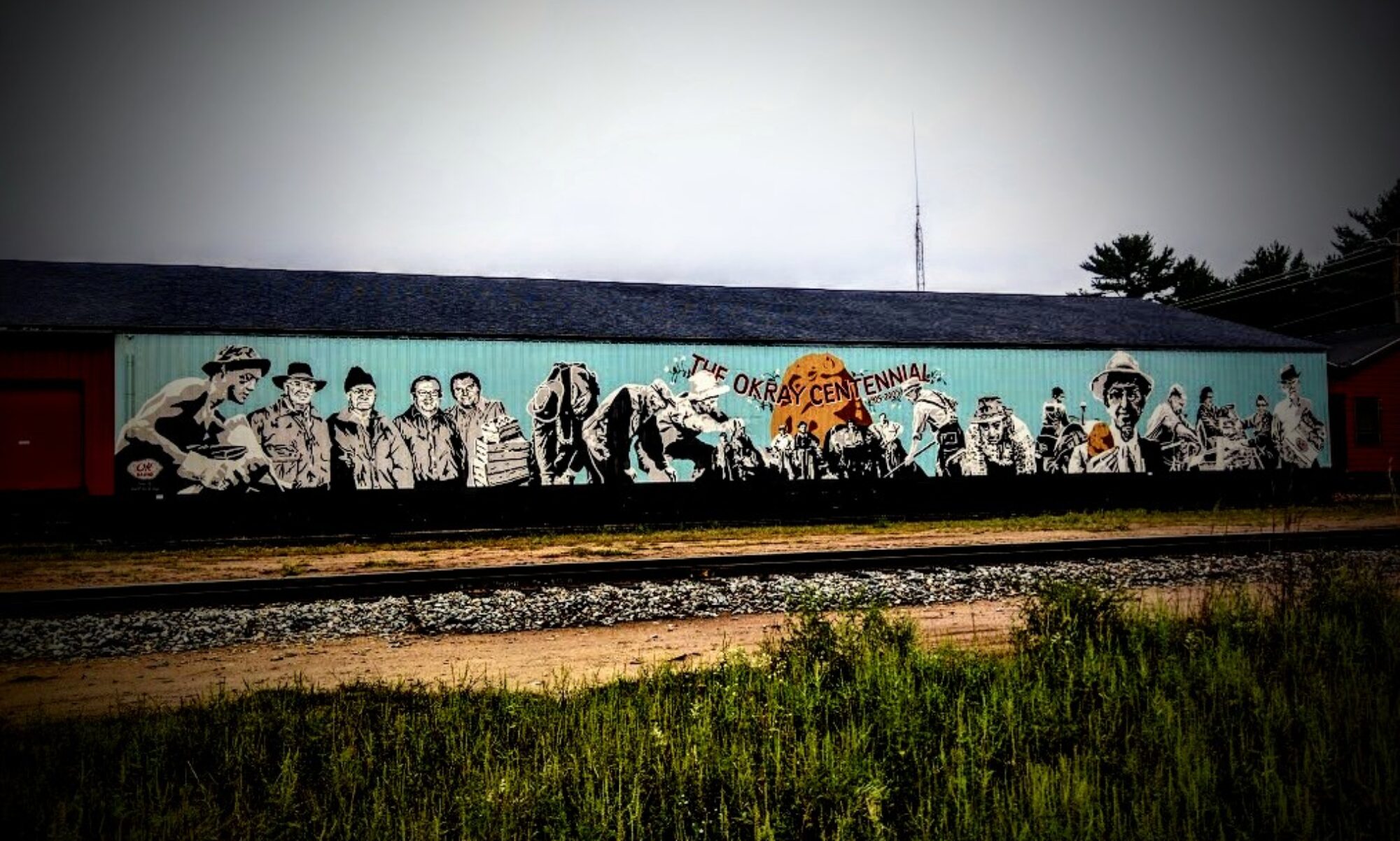The following are excerpts from a larger panel titled “The New Midwestern Politics? The 2016 Election and Beyond” at the 2017 Midwestern History Association Conference, hosted at Grand Valley State University’s Pew Campus in Grand Rapids, MI, and hosted by the Ralph Hauenstein Center for Presidential Studies. Feel free to contact me with questions about the maps, findings, or methodology.
CH
Below are maps showing the margin, by precinct, for voters for the Democratic-Farmer-Labor candidate for the U.S. House of Representatives or Minnesota House of Representatives and for Hillary Clinton in the 2016 general election. For the 7th District, for example, where Collin Peterson (DFL) ran to maintain his House seat, you can think of it as %Peterson – %Clinton. Lighter precincts indicate where the largest percentages voted for down-ballot candidates but not Clinton.
Minnesota’s U.S. Congressional Districts
State House of Representatives
Wisconsin Senate Election, 1992 vs. 2016
Questions/Observations:
- While Midwestern suburbanites (especially in the South Metro of the Twin Cities) preferred Hillary to Trump–a subject which Jon Lauck noted in his analysis of the 2016 election in the Midwest–these voters did not cross over in substantial enough numbers in the House of Representatives race between Angie Craig (DFL) and now-Rep. Jason Lewis (R), despite the latter having been described as a mini-Trump.
- A flipped version of this occurred in the rural/exurban First, Seventh, and Eighth Districts, where DFLers Tim Walz, Collin Peterson, and Richard Nolan held onto their House seats by slim margins. While the Washington Post has noted this phenomenon for Peterson’s reelection, it bears further study for Walz and Nolan, whose districts still partially backed Hillary, but with much cooler sentiment. Does this represent a “breaking” of the solidly Democratic Iron Range or a moderating of the “Driftless Area” in southeastern Minnesota? Such similar phenomena could have been explored in Ron Kind’s Wisconsin district had the Republican Party offered up a challenger.
- The comparisons of Russ Feingold’s election in 1992 and defeat in 2016 demonstrate both the effects of coattails in elections (Clinton boosted him in 1992 while Trump depressed his turnout in 2016) and the need to further explore change in those purple regions of the map. How has/have Wisconsin Democrats’ approach(es) to those areas changed in 24 years? What does this portend for future statewide elections around the Midwest, where prominent Democrats are already declining to run against incumbents in 2018?
